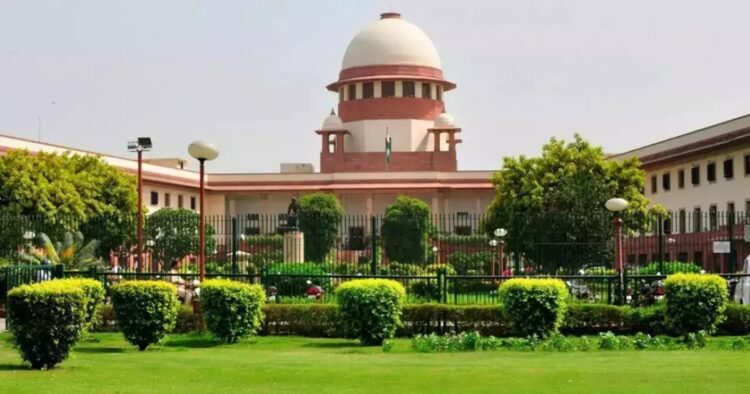On Monday, the Supreme Court set aside the Madras High Court order which said that just storing child pornographic material without any intention to transmit it would not constitute an offence under the Protection of Children from Sexual Offences (Pocso) Act.
A bench of Chief Justice D Y Chandrachud and Justices J B Pardiwala and Manoj Misra, which went into the many aspects of the Act, said the High Court committed an error in passing the judgment.” ‘We are left with no other option but to set aside the impugned judgment and order passed by the High Court, and restore the criminal proceedings to the court of Sessions Judge, Mahila Neethi Mandram (Fast Track Court), Tiruvallur District’, said the bench.
Justice Pardiwala read out the conclusions of the judgment as follows : Section 15 of the POCSO provides for three distinct offences that penalise either the storage or possession of any child pornographic material when done with any intention to transmit, display etc as specified in sub-sections of the Section. It is in the nature and form of an inchoate offence, which penalises the mere storage or possession of any pornographic material involving a child when done with the specific intent prescribed thereunder without requiring any actual transmission, dissemination etc.
The judgment held : Sub-section (1) of Section 15 penalizes the failure to delete, destroy or report any child pornographic material that has been found to be stored or in possession of any person with an intention to share or transmit the same. The mens-rea or the intention required under this provision is to be gathered from the actus reus itself i.e., it must be determined from the manner in which such material is stored or possessed and the circumstances in which the same was not deleted, destroyed or reported. To constitute an offence under this provision the circumstances must sufficiently indicate the intention on the part of the accused to share or transmit such material.
For the purpose of sub-section (1), the necessary foundational facts that the prosecution may have to first establish is the storage or possession of any child pornographic material and that the person accused had failed to delete, destroy or report the same.
The bench stated the term CSEAM reflects the reality that these pictures and videos are not merely pornographic but are records of incidents, where a child has either been sexually exploited and abused or where any abuse of children has been portrayed through any self-generated visual depiction. The bench also directed courts to not use the term ‘child pornography’ in any judicial order or judgment, and asked them to use CSEAM instead.

















Comments